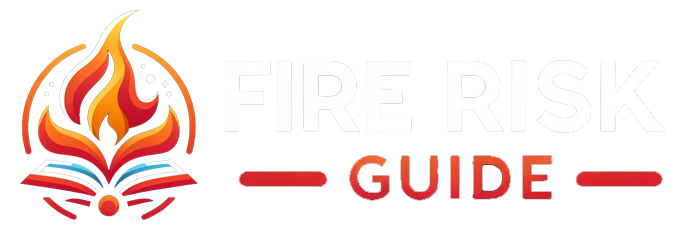Fire safety is a critical aspect of any building, whether it be a home, office, or industrial facility. One of the essential tools in ensuring fire safety is the use of fire extinguishers. There are various types of fire extinguishers, each designed to tackle different types of fires. In this article, we will focus on wet chemical fire extinguishers, exploring their uses, advantages, and best practices for their usage in fire safety.
Wet chemical fire extinguishers are specifically designed to combat fires involving cooking oils and fats, such as those found in commercial kitchens. These types of fires, known as Class K fires, are especially dangerous because water-based extinguishers are ineffective and can even exacerbate the fire. Wet chemical extinguishers work by forming a soapy layer on the surface of the burning oil or fat, which suppresses the fire and prevents it from reigniting.
One of the main advantages of wet chemical fire extinguishers is their ability to provide an immediate and effective response to Class K fires. In a high-temperature environment like a commercial kitchen, where the risk of oil and grease fires is particularly high, having a wet chemical fire extinguisher on hand can be crucial in preventing a small fire from escalating into a major disaster. Furthermore, wet chemical extinguishers have been tested and proven to meet the rigorous standards set by regulatory bodies such as Underwriters Laboratories (UL) and the National Fire Protection Association (NFPA), ensuring their reliability and effectiveness in real-world fire situations.
When it comes to using wet chemical fire extinguishers, it’s essential to have a clear understanding of the proper technique. The first step is to pull the pin on the extinguisher, which will enable the discharge handle. Next, aim the nozzle at the base of the fire and squeeze the handle to release the wet chemical agent. It’s important to maintain a safe distance from the fire and to use sweeping motions with the extinguisher to ensure that the entire fire area is covered. Once the fire has been extinguished, it’s crucial to carefully monitor the area to prevent any potential re-ignition.
In addition to understanding how to use wet chemical fire extinguishers, it’s equally important to ensure that they are properly maintained and regularly inspected. This includes checking the pressure gauge to ensure that the extinguisher is fully charged, inspecting the condition of the hose and nozzle, and making sure that the pull pin and tamper seal are intact. Regular maintenance and inspections should be conducted by qualified professionals to ensure that the extinguishers are in good working condition.
Another critical aspect of fire safety regarding wet chemical fire extinguishers is proper training and education for personnel who may need to use them in the event of a fire. This includes kitchen staff in commercial establishments, as well as building occupants in residential settings. Training should focus on identifying the different classes of fires and understanding the appropriate use of wet chemical extinguishers in Class K fire situations. It’s essential for individuals to feel confident and empowered to respond effectively in the event of a fire emergency, and adequate training plays a crucial role in achieving this goal.
In conclusion, wet chemical fire extinguishers are a valuable and essential tool for fire safety, particularly in environments where cooking oils and fats are present. Their ability to effectively combat Class K fires, coupled with their proven reliability and effectiveness, makes them an indispensable component of any comprehensive fire safety plan. However, it’s essential for individuals to have a clear understanding of their operation, maintenance, and usage, as well as to receive proper training to ensure their effectiveness in the event of a fire emergency. By prioritizing the use of wet chemical fire extinguishers in fire safety planning, we can significantly reduce the risk of fires and minimize potential damage and harm in our homes, workplaces, and communities.

Leave a Reply